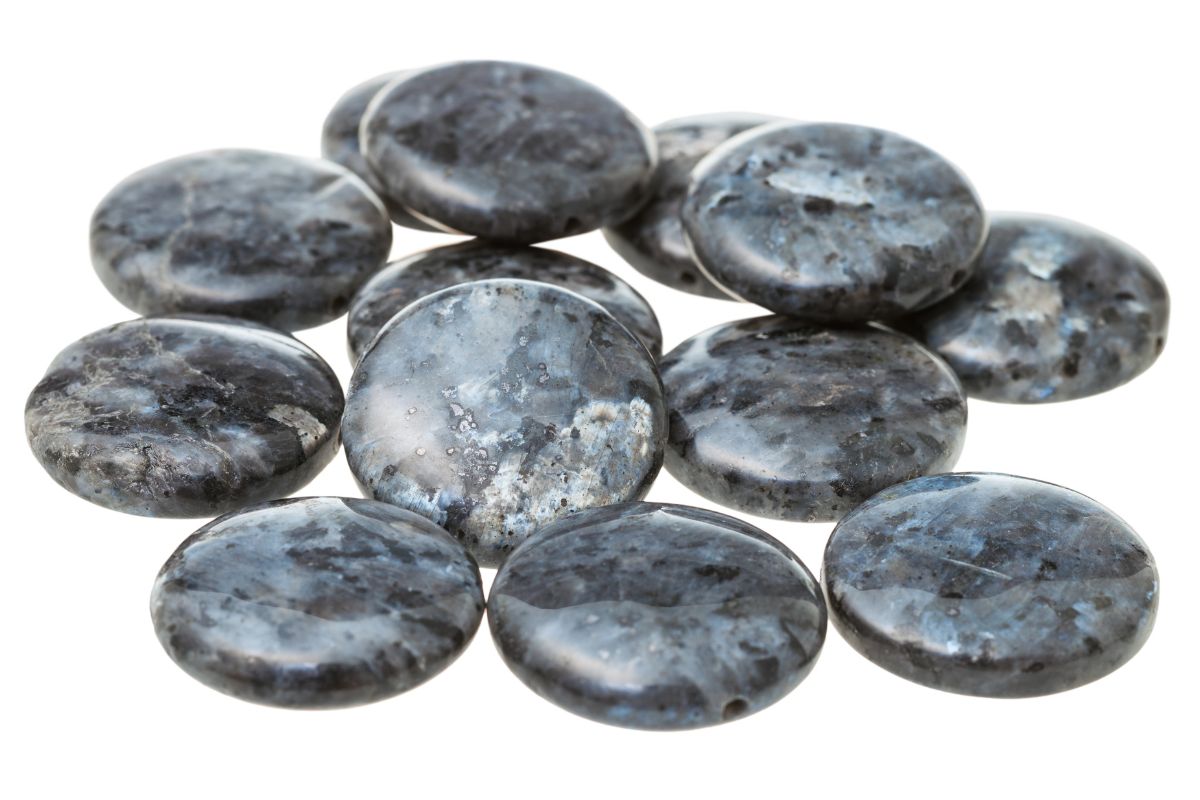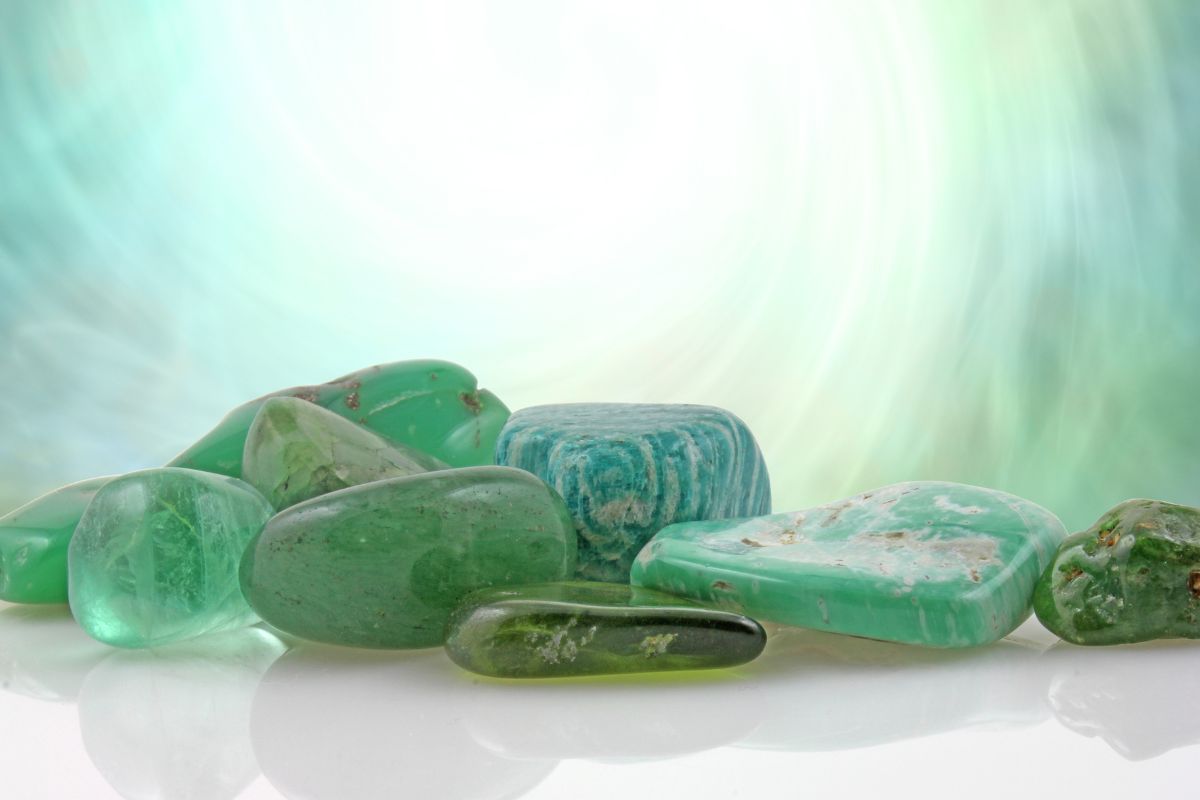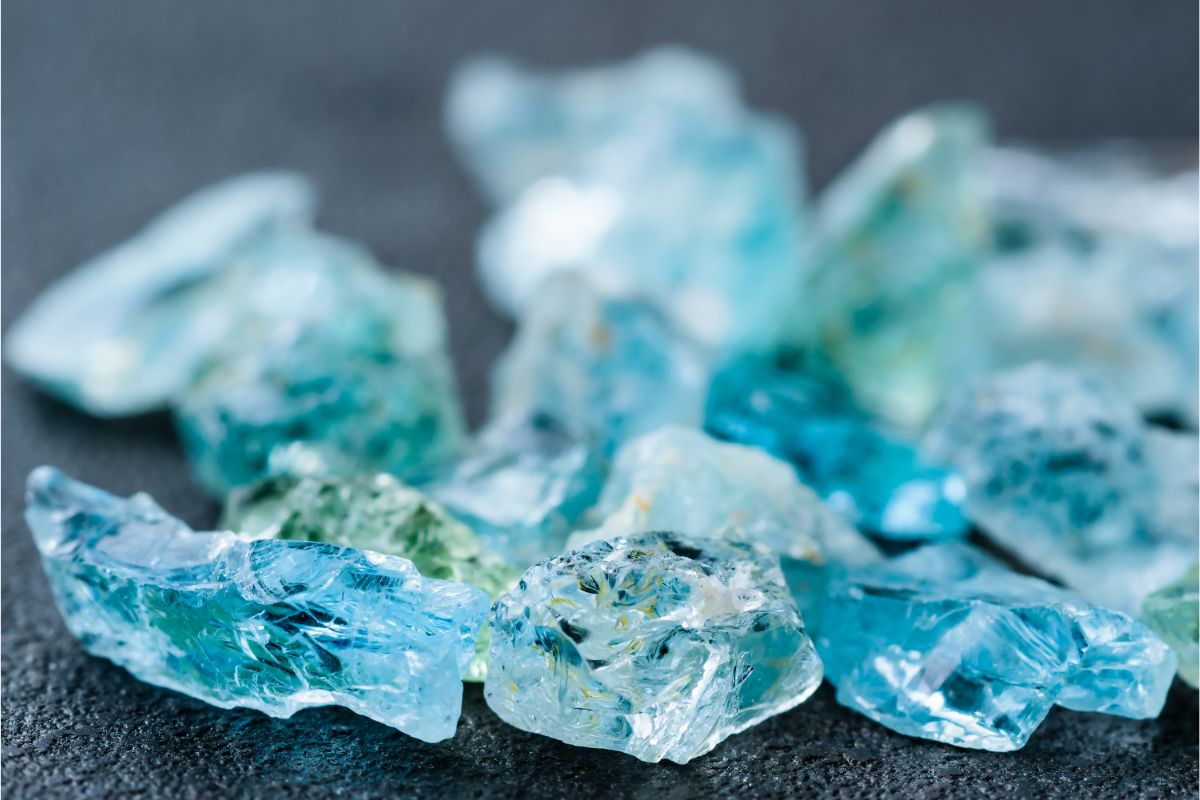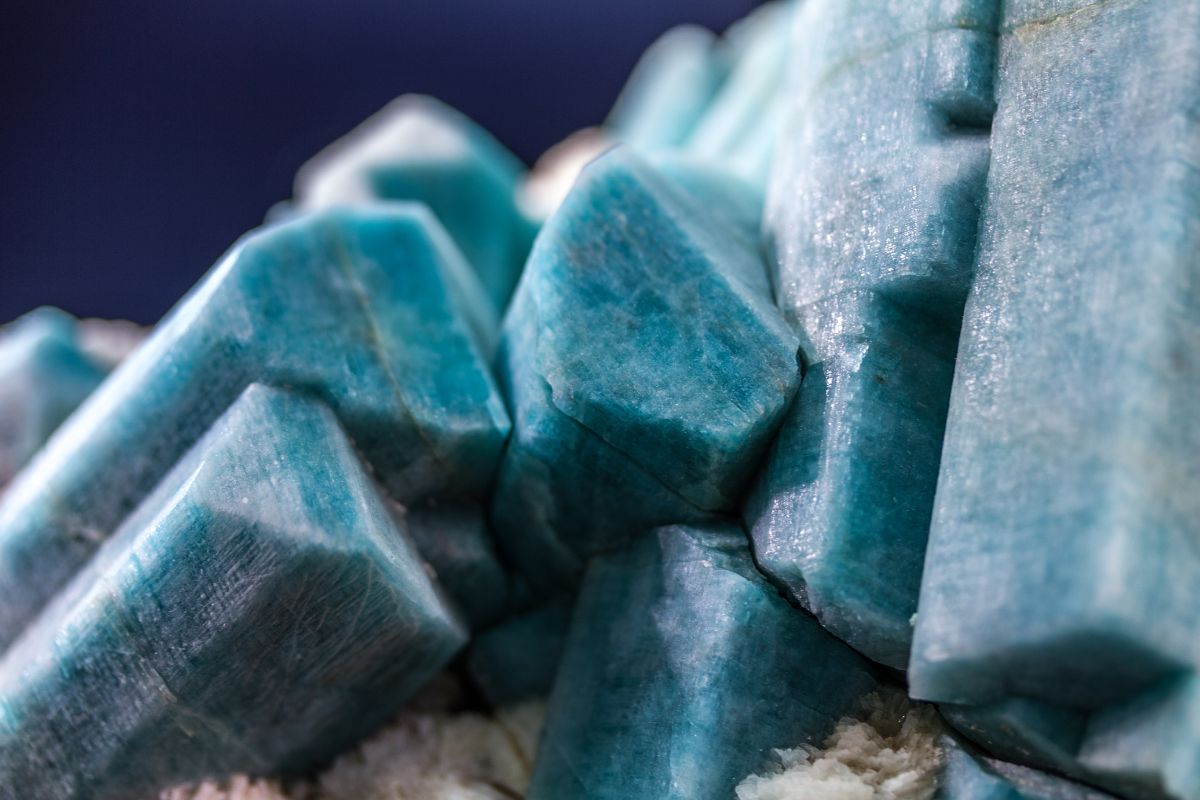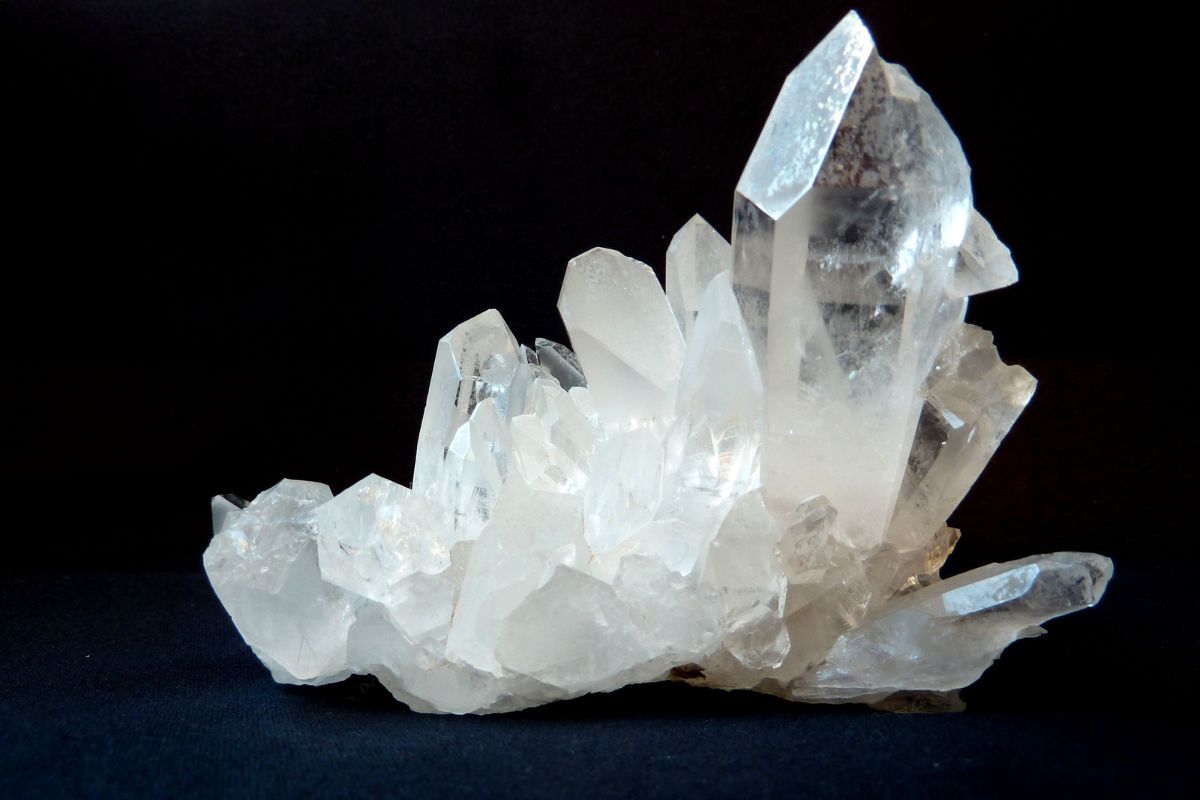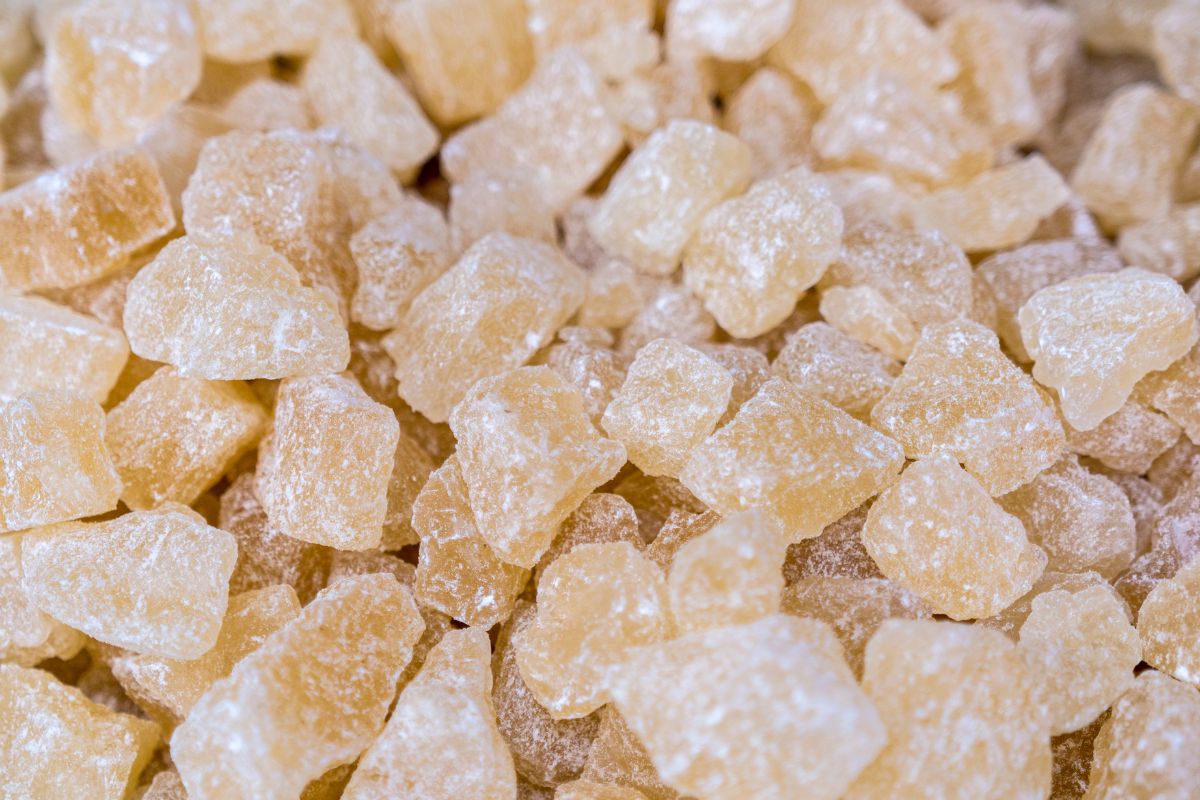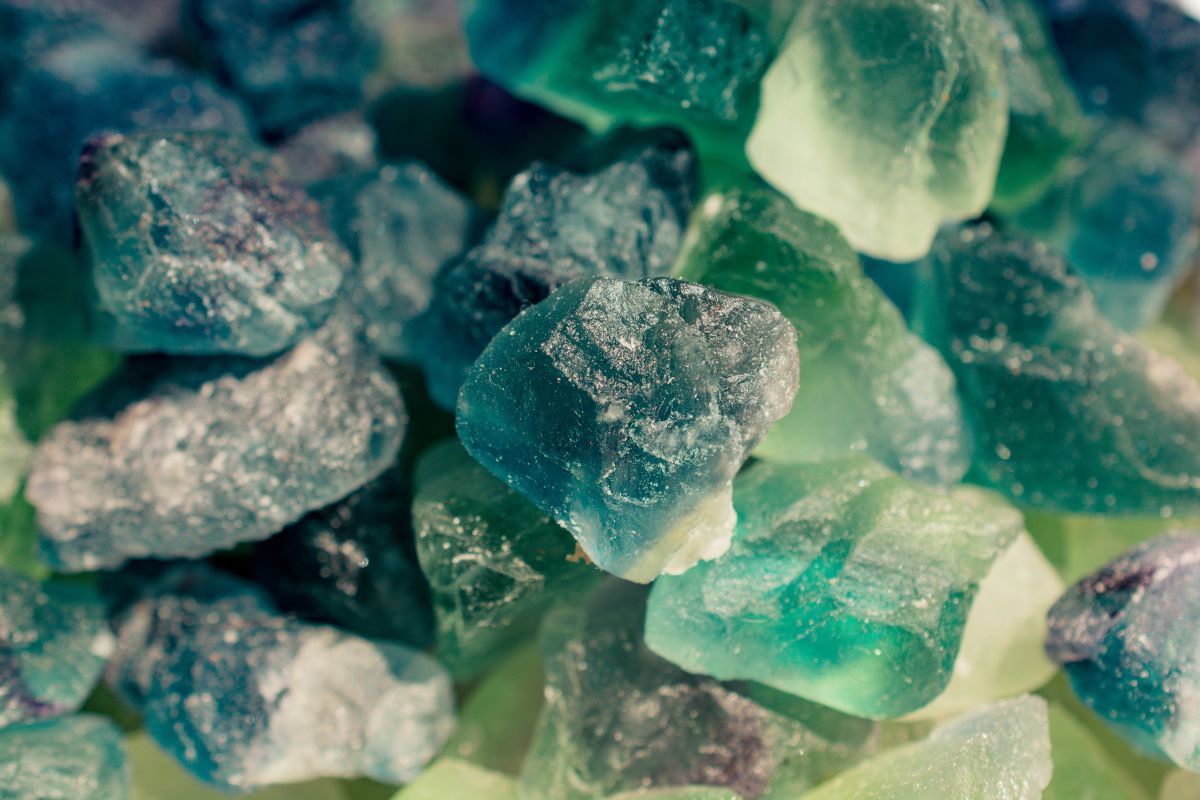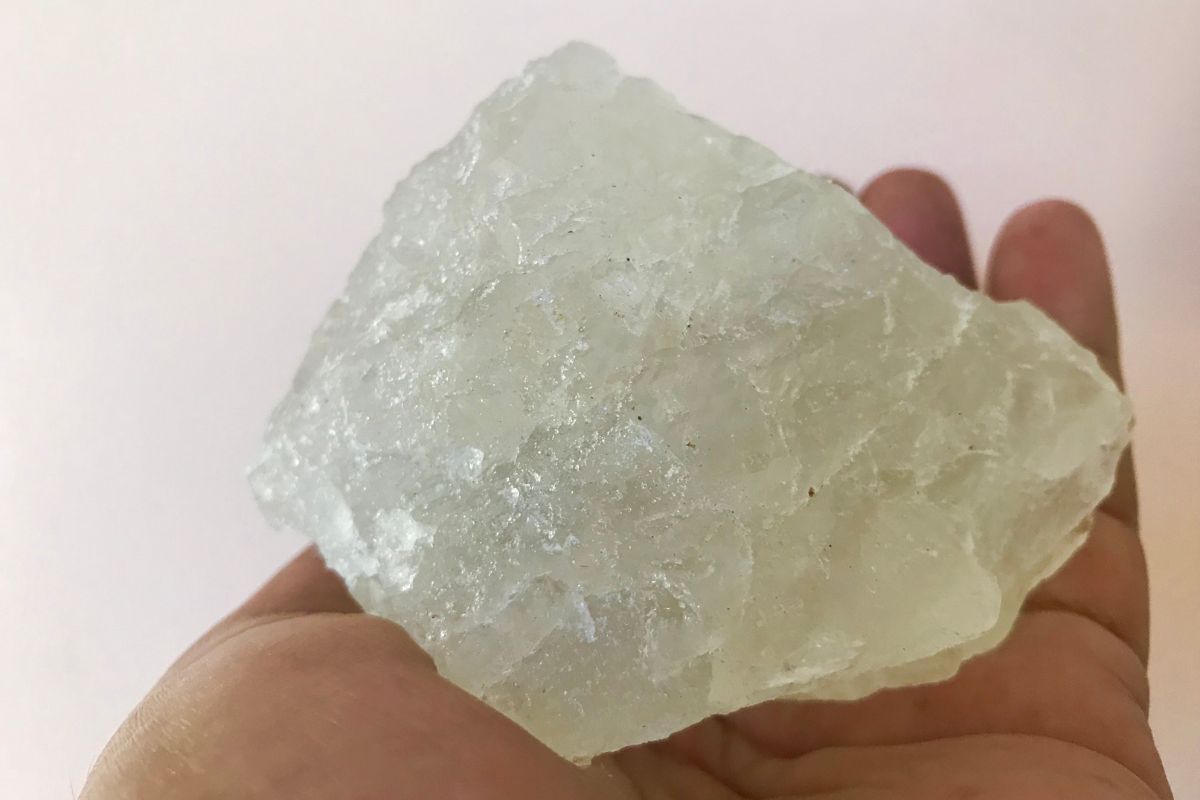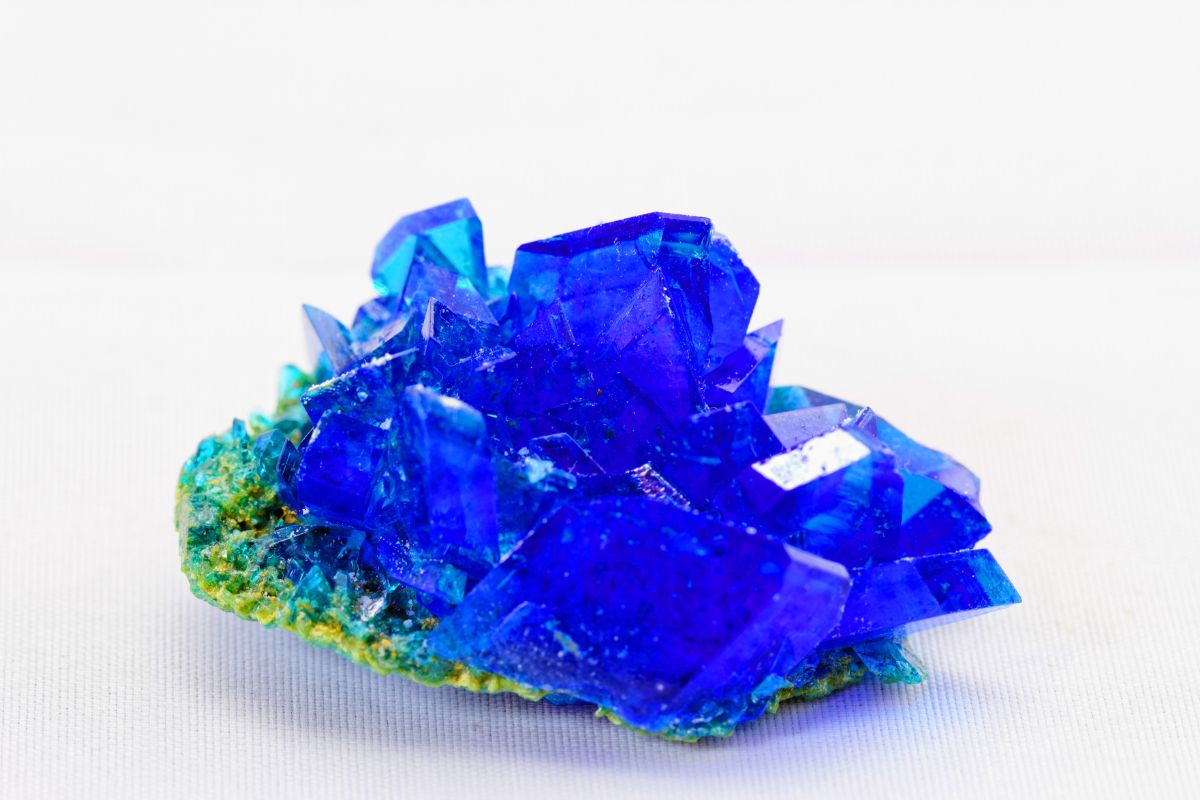Geodes are one of the most amazing natural formations on the planet.
While they look like boring gray rocks from the outside, the cache of gorgeous hidden gems within makes them a geological manifestation of the age-old moral that it’s what’s on the inside that really counts.
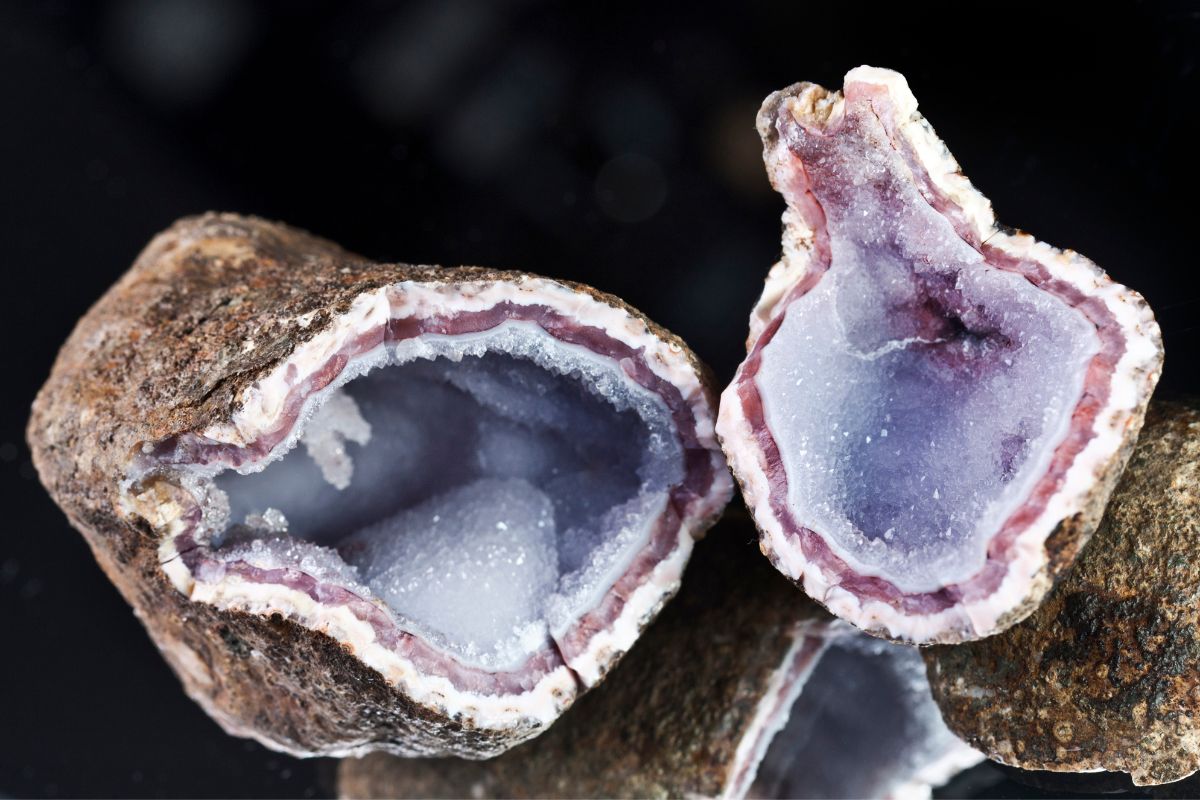
Crack one of these bad boys open and you’ll be met by a glittering cave of colorful crystals twinkling in the light — There’s really nothing else like them! But how exactly are these crystals formed? Well, the quick answer is… cavities and water.
But I’m betting you want a better explanation of what is a truly intriguing process, so let’s dig a little deeper and put the geode’s timeline under the microscope.
The Formation Of Geodes
Primarily, the life of a geode starts with a bang — A volcanic eruption! Lava spills forth from the mouth of the volcano and descends the mountainside, the cool air steadily transforming it back into solid rock, but being that lava is so hot, it will often bubble, and when it does, the thinned-out liquid is more susceptible to solidification by a cool atmosphere.
When this happens, the lava is solidified around the air pocket of the bubble, leaving an empty cavity within a hard rock shell… the perfect breeding ground for crystals! But where do they come from?
The thing to understand about these hollow rocks is that they’re not completely sealed. Over time, ground water will find its way through the porous wall like a worm through an apple, which leads to the build-up of the crystals.
Now, as for why these little crystal eggs aren’t full of liquid when we crack them open, the water never sticks around too long.
As easily as it entered, the ground water exists and continues its perpetual journey, but that’s okay because the crystals aren’t actually made of water.
It’s actually the minerals hitching a ride in the ground water that cause crystallization within a geode. If you’ve ever lived in a hard water area, you’ll know exactly how this works.
Water is almost always contaminated by a number of minerals picked up on its travels, and whenever it goes, it leaves trace amounts of these minerals, kind of like a slug’s trail.
Hard water in our plumbing deposits calcium and magnesium, but the water that finds its way into hollow rocks can be harboring a number of different minerals, and eventually, these left behinds build up into the crystals we see inside geodes.
Are Geodes Always Igneous Rocks?
While volcanic activity accounts for the majority of geodes found around the world, it’s not the only way in which cavities form within rock formations.
Sometimes, sections of internal sedimentary rock corrode over time, leaving a hollow in which crystals can grow. The gradual dissolving of organic matter such as fossils trapped in sedimentary rocks can also leave holes behind.
How Long Does It Take Geodes To Form?
As you might expect, crystallization in geodes is a lengthy process.
Ground water leaves only microscopic mineral deposits before it goes on its merry way, so it takes a lot of liquid passing through these hollow rocks to build up a hearty stash of crystals.
There is no one specific time frame for geode crystallization, as there are a number of environmental variables to consider, but generally speaking, these crystals grow over the course of thousands to millions of years.
The size of the crystals within a geode gives you a rough understanding of how old it is. The older the geode, the larger the crystals will be, as more water has passed through the outer shell.
What Are The Crystals In A Geode?
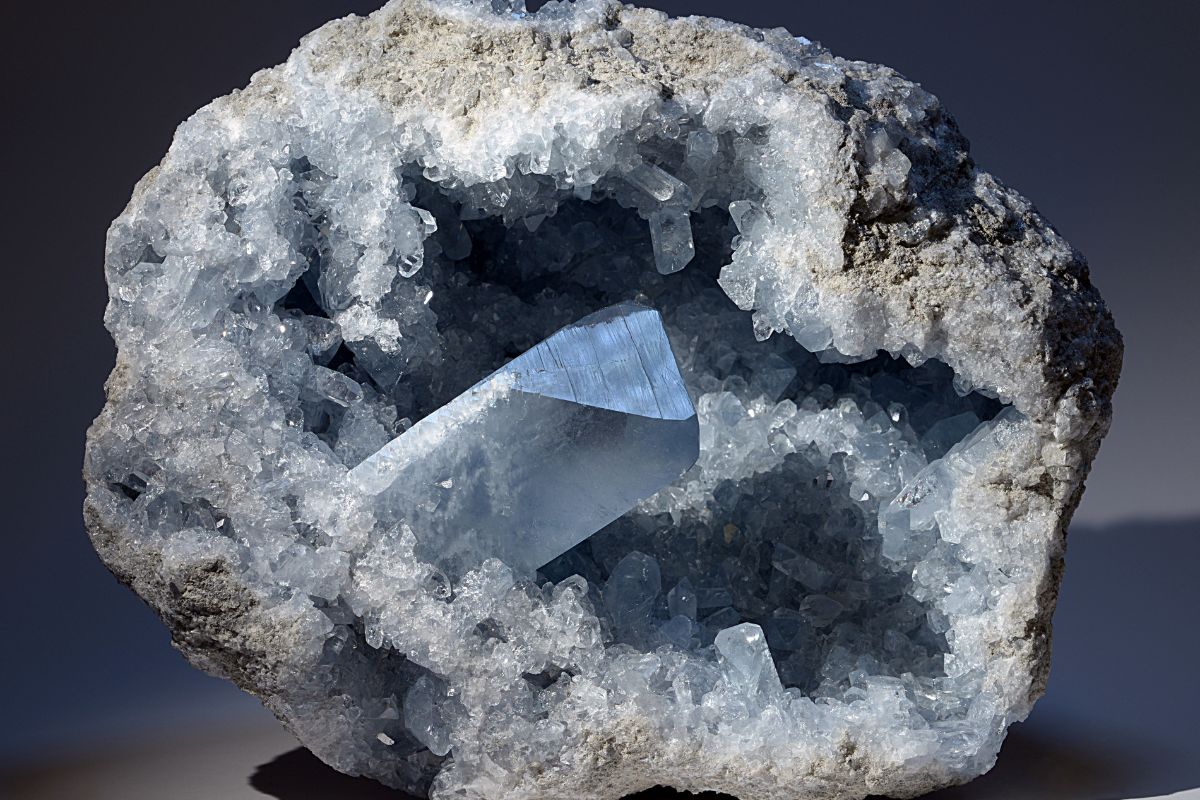
As the mineral content of ground water differs from location to location, as will the crystal DNA differ within a geode. The most common crystal types in geodes are…
- Hematite
- Quartz
- Dolomite
- Agate
- Calcite
What Gives The Crystals In Geodes Their Color?
The color of the crystals within a geode is determined by the types of impurities left behind by the ground water.
Each impurity has its own hue that acts as a geological signature, but these colors can easily intermingle as various mineral types make their way through the hollow rock.
Here’s what the color of the crystals says about the DNA of a geode:
- Red/Purple Geodes — As is always the case in mineralogy, red or slightly purple coloring is the product of iron impurities.
- Green Geodes — Both nickel and chromium will lead to a green geode.
- Blue Geodes — Blue geodes are almost always the product of titanium deposits.
- Pink Geodes — Manganese deposits are responsible for lovely pink geodes.
Beware Dyed Geodes
Not all geodes are naturally colored. Some sellers may dye their clear crystal geodes to make them more enticing to customers. Don’t worry, though, as you’ll normally be able to sniff out fakes quite easily.
Natural colorings in geodes are very subtle, whereas fake colorings are insanely vivid, as they’re meant to catch as many eyes as possible, thereby increasing the chances of a sale.
So, if a geode looks too dramatic to be real, it probably isn’t. If you’re unsure, ask the seller for more information on its discovery, and if something about their story doesn’t seem to add up, it’s best to move on and purchase a geode elsewhere.
What Are The Properties Of Geodes?
Geodes are all about communication, with yourself, others around you, and even divine beings, but as the crystals are so diverse in these amazing rock formations, they can have a number of ancillary effects too.
For instance, they can often help reduce stress and clear your mind, so if you have some difficult decisions to make in the future, keeping some geodes around will encourage a measured approach.
Final Thoughts
Geodes make a fantastic addition to a crystal collection, not just because of their metaphysical impact but because the science behind their formation is nothing short of astounding.
Just contemplating the fact that before it reached your collection, those crystals were gestating for what could have been millions of years will blow your mind every time you see it!
- 15 Crystals That Cannot Be Exposed To The Sun - January 7, 2024
- Malachite Vs Fuchsite – Benefits And Uses - January 7, 2024
- Malachite Vs. Green Jasper: Benefits And Uses - January 7, 2024

![12 Most Beautiful Crystal Caves In The World [With Pictures] 12 Most Beautiful Crystal Caves In The World [With Pictures]](https://thatcrystalsite.com/wp-content/uploads/2022/12/12-Most-Beautiful-Crystal-Caves-In-The-World-With-Pictures.jpg)
